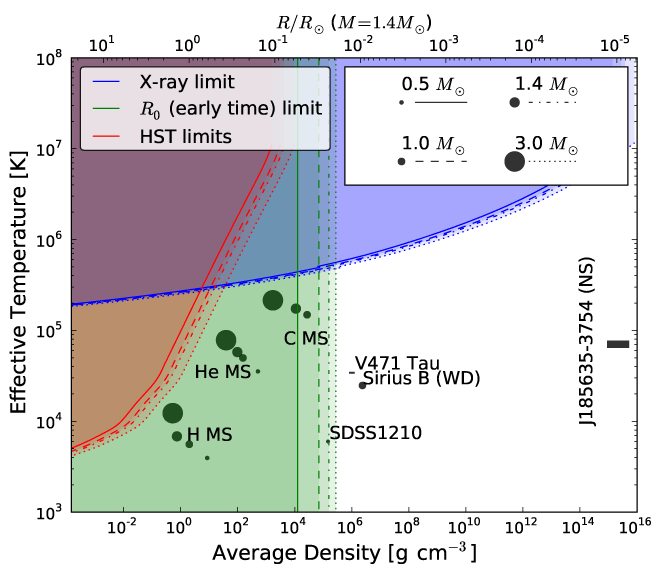
Figure 13: Constraints on mass, effective temperature, radius and average density of the primary
star of SN 2011fe. The shaded red region is excluded by non-detection of an optical quiescent
counterpart in the Hubble Space Telescope imaging. The shaded green region is excluded from
considerations of the non-detection of a shock breakout at early times. The blue region is excluded
by the non-detection of a quiescent counterpart in the Chandra X-ray imaging. The location of the
H, He, and C main-sequence is shown, with the symbol size scaled for different primary masses.
Several observed WDs and NSs are shown. The primary radius in units of  is shown for mass
is shown for mass
 . Image reproduced with permission from [57], copyright by AAS.
. Image reproduced with permission from [57], copyright by AAS.
 is shown for mass
is shown for mass
 . Image reproduced with permission from [57], copyright by AAS.
. Image reproduced with permission from [57], copyright by AAS.
